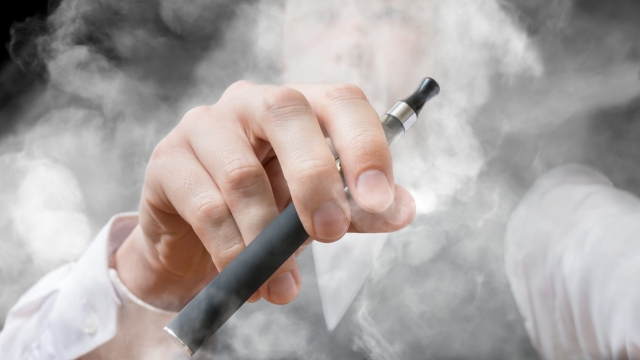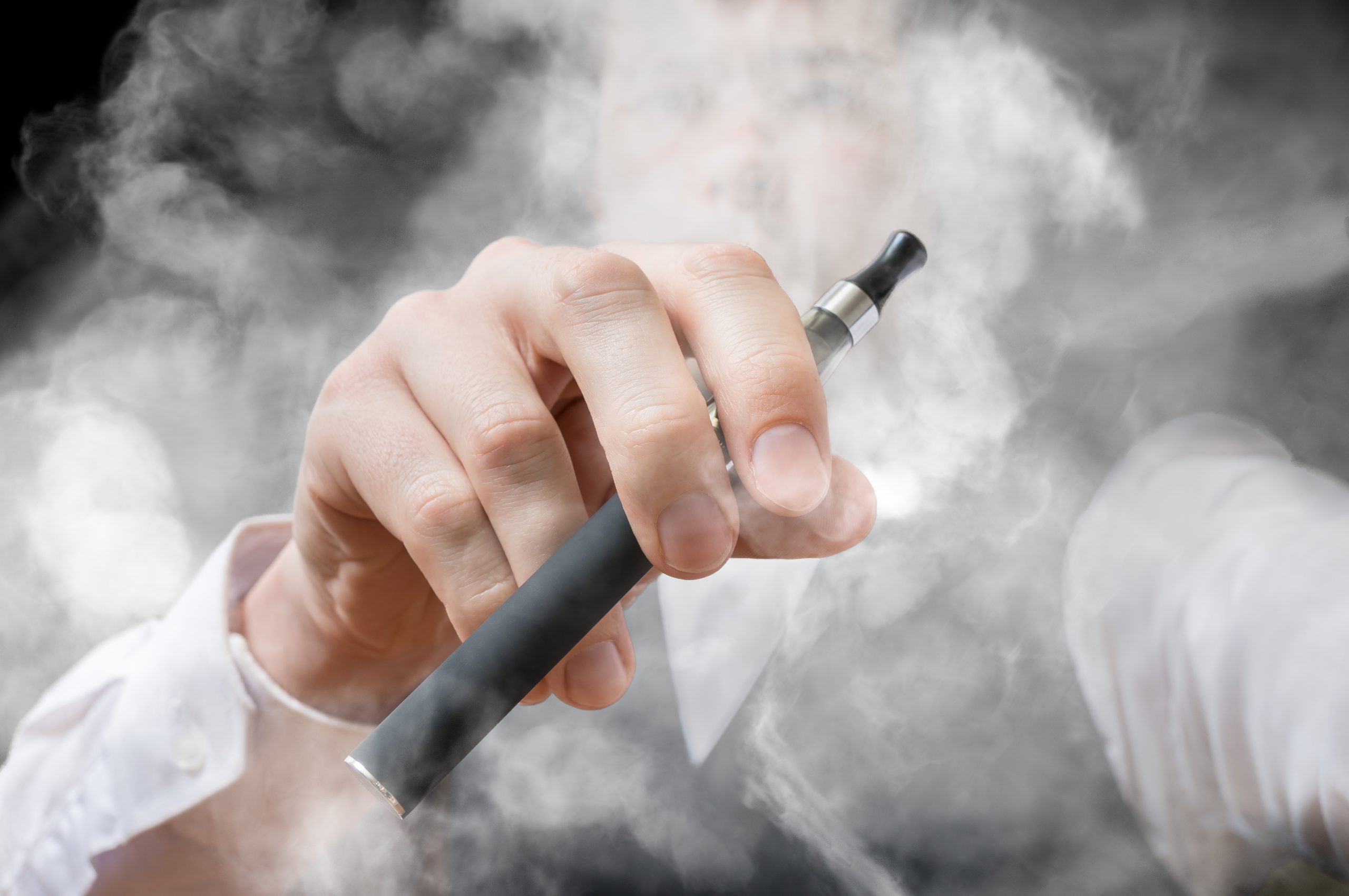The Rising Vapor: Exploring the World of Vaping
Joe Howard -
The world of vaping has steadily ascended in recent years, captivating both smokers and non-smokers alike. With its rising popularity, it’s essential to delve into this growing phenomenon and explore the intricacies of vaping. What was once a niche hobby has now transformed into a cultural movement, captivating millions of individuals worldwide.
Vaping, as an alternative to smoking traditional cigarettes, has gained immense traction for several reasons. Its allure lies in the promise of a cleaner and potentially less harmful smoking experience. With a wide array of flavors to choose from, vaping offers a customizable and enjoyable experience for enthusiasts. Moreover, the distinct absence of the pungent smell associated with cigarettes adds to its appeal, making it more socially acceptable in many settings.
However, despite its rising popularity, vaping has faced its fair share of controversies and concerns. The long-term health effects of vaping and its potential impact on public health remain subjects of heated debate. Skeptics argue that the lack of regulations and oversight in the industry pose significant risks, particularly to young individuals who may be enticed by the appealing flavors and sleek devices.
In the following sections, we will delve deeper into the intriguing world of vaping, examining its history, the technology behind it, the different types of devices available, and the ongoing research and debates surrounding its impact on health and society. Whether you are a vaping enthusiast or simply curious about this global phenomenon, this article aims to provide an informative and comprehensive exploration of the rising vapor. So sit back, relax, and join us as we embark on this journey into the world of vaping.
Introduction to Vaping
Vaping, a rapidly growing trend in the modern world, has gained immense popularity among people of all ages. In recent years, it has emerged as a preferred alternative to traditional smoking, attracting both enthusiasts and those seeking a healthier lifestyle. The act of vaping involves inhaling and exhaling vapor produced by an electronic device commonly known as an e-cigarette or vape pen. This section aims to provide a comprehensive overview of vaping, exploring its origins, usage, and associated risks.
The concept of vaping can be traced back to the earlier years of the 21st century when Chinese pharmacist Hon Lik invented the modern e-cigarette. Taking inspiration from his own struggles with smoking addiction, Lik developed a device capable of delivering nicotine without the harmful combustion that occurs during traditional smoking. This breakthrough innovation paved the way for a new era in smoking cessation methods.
Vaping devices consist of a battery-powered component, an atomizer, and a liquid-filled cartridge. The atomizer heats the e-liquid, which typically contains nicotine, flavorings, and other chemicals, turning it into a vapor that the user inhales. The wide variety of available flavors and nicotine levels further adds to the appeal of vaping, making it a customizable experience for every individual.
While vaping is generally considered to be less harmful than traditional smoking, it is not entirely risk-free. The long-term effects of vaping are still under scientific scrutiny, and concerns have been raised regarding the potential health risks associated with certain ingredients found in e-liquids. Additionally, the popularity of vaping among young people has sparked debates on its impact as a gateway to nicotine addiction.
In the next sections, we will delve deeper into the various aspects of vaping, shedding light on its current landscape, regulations, and the ongoing debates surrounding its usage. Whether you are curious about the phenomenon or considering vaping as an alternative, this article aims to provide a comprehensive understanding of the rising vapor that has taken the world by storm.
The Mechanics of Vaping
Vaping operates on a simple principle: heating a liquid to create a vapor that can be inhaled. The process begins with a device called an e-cigarette or vape pen, which consists of a battery, an atomizer, and a tank to hold the liquid.
When the user activates the device by pressing a button or inhaling, the battery powers the atomizer. The atomizer then heats a coil, often made of wire, within the tank. As the coil heats up, it comes into contact with the liquid, causing it to vaporize.
The liquid, commonly referred to as e-juice or vape juice, typically contains a mixture of propylene glycol, vegetable glycerin, flavorings, and nicotine (although some liquids may be nicotine-free). As the liquid is heated, it transforms into a cloud of vapor that can be inhaled by the user.
Vape pens offer users flexibility when it comes to customization. They can choose from a wide variety of flavors and nicotine strengths to suit their preferences. Additionally, some devices allow for adjustable airflow, allowing users to control the amount of vapor produced with each inhale.
Overall, understanding the mechanics of vaping helps shed light on why it has gained popularity as an alternative to traditional tobacco smoking. By providing a similar experience without the combustion and harmful chemicals associated with cigarettes, vaping offers a potentially safer and more customizable option for those seeking an alternative nicotine delivery system.
Impacts and Controversies of Vaping
Vaping has garnered significant attention in recent years due to its growing popularity and the controversies surrounding it. This alternative to traditional smoking has had both positive and negative impacts on individuals and communities.

Health Impacts:
Vaping is often considered a less harmful alternative to smoking, as it eliminates the combustion process and thus reduces exposure to harmful toxins found in traditional cigarettes. However, the long-term health effects of vaping are still uncertain. Some studies suggest that vaping can lead to respiratory issues, heart problems, and addiction to nicotine. It is essential to conduct further research to fully understand the health impacts of vaping.-
Gateway to Nicotine Addiction:
One of the primary concerns associated with vaping is its potential to act as a gateway to nicotine addiction, particularly among young people. The appealing flavors and marketing strategies employed by vaping companies have led to an increase in its use among adolescents. The nicotine content in e-cigarettes can be highly addictive, and there is a worry that it may lead young people to transition to traditional tobacco products. -
Regulation and Safety Concerns:
The rapid rise in vaping has presented challenges in terms of regulation and safety. The lack of standardized manufacturing processes and ingredients has led to cases of e-cigarette explosions and faulty devices. Additionally, the marketing and availability of vaping products have raised concerns about access by underage individuals. Governments worldwide are grappling with the need to balance regulation to protect public health while also acknowledging the potential benefits of vaping as a smoking cessation tool.
In conclusion, vaping has had a significant impact on public health and society. While it has been credited with helping some individuals quit smoking, the potential long-term health effects and concerns about its appeal to young people are major points of contention. Striking the right balance between regulation, public education, and further research is crucial in addressing the impacts and controversies of vaping.
Archives
- November 2025
- October 2025
- September 2025
- August 2025
- July 2025
- June 2025
- May 2025
- April 2025
- March 2025
- February 2025
- January 2025
- December 2024
- March 2024
- February 2024
- January 2024
- December 2023
- November 2023
- October 2023
- September 2023
- August 2023
- July 2023
- June 2023
- May 2023
- April 2023
- March 2023
- February 2023
- January 2023
- December 2022
- November 2022
- October 2022
- September 2022
- August 2022
- July 2022
- June 2022
- May 2022
- April 2022
- March 2022
- February 2022
- January 2022
Calendar
| M | T | W | T | F | S | S |
|---|---|---|---|---|---|---|
| 1 | 2 | 3 | 4 | 5 | 6 | 7 |
| 8 | 9 | 10 | 11 | 12 | 13 | 14 |
| 15 | 16 | 17 | 18 | 19 | 20 | 21 |
| 22 | 23 | 24 | 25 | 26 | 27 | 28 |
| 29 | 30 | 31 | ||||